Chandrayaan-3: India’s Giant Leap Towards Lunar Excellence
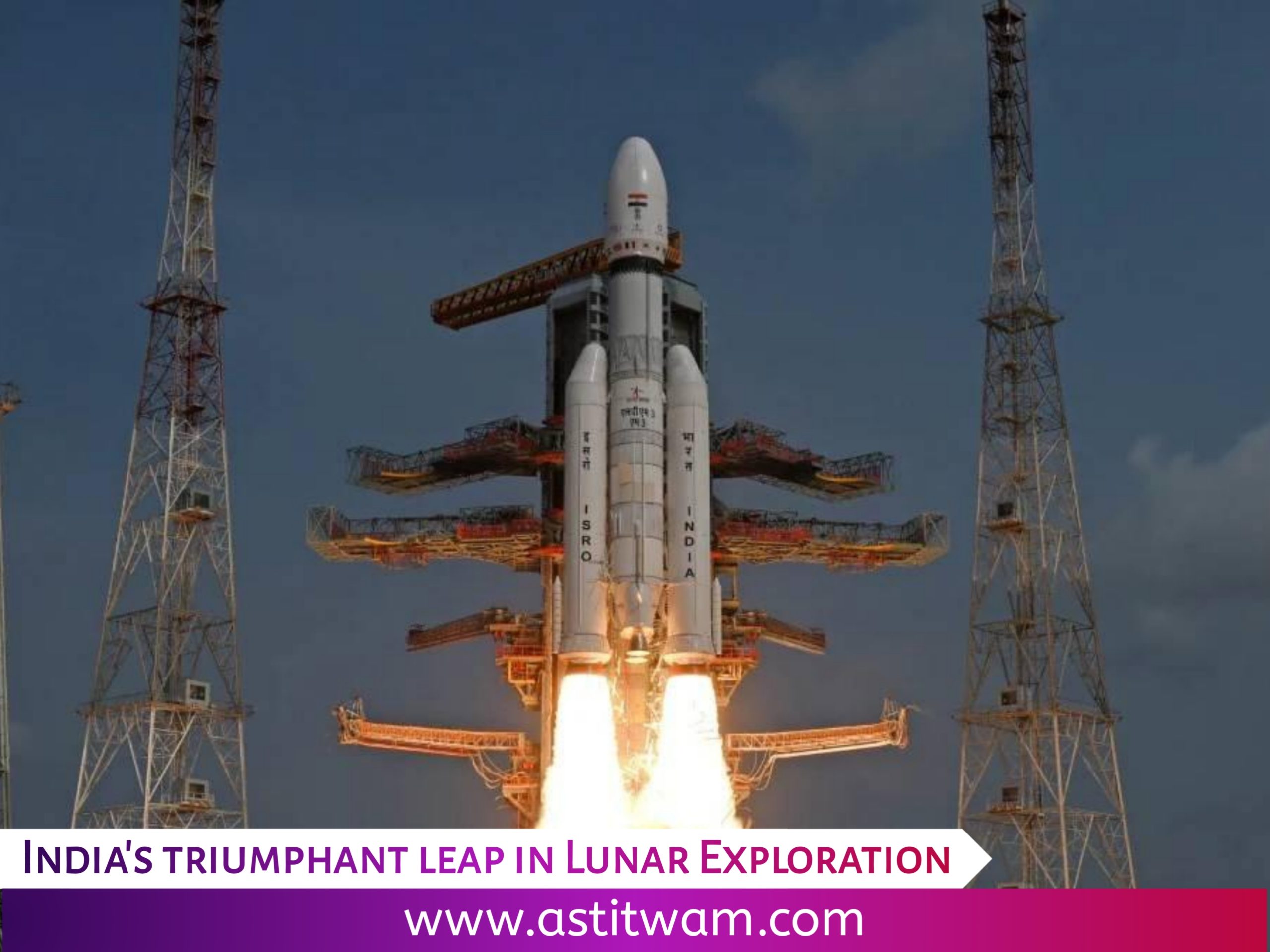
Introduction:
On a crisp afternoon in the heart of the Indian Space Research Organisation (ISRO) headquarters, history was made once again as Chandrayaan 3, India’s third lunar mission, soared into the skies. This remarkable feat of scientific and technological prowess marked a significant milestone for the nation, as it reaffirmed India’s position as a formidable player in the realm of space exploration. In this article, we will delve into the successful launch of Chandrayaan 3 and explore the mission’s objectives, challenges faced, and its potential impact on the future of lunar exploration.
Chandrayaan-3, the third lunar mission by the Indian Space Research Organisation (ISRO), is an ambitious endeavor that aims to build upon the successes and lessons learned from its predecessors, Chandrayaan-1 and Chandrayaan-2. This mission signifies India’s commitment to advancing its space program and solidifying its position in the global space exploration landscape. With cutting-edge technology, scientific objectives, and international collaborations, Chandrayaan-3 is poised to make significant strides in our understanding of the Moon and propel India toward greater lunar excellence.
- Overview of Chandrayaan-1 and Chandrayaan-2:
To appreciate the significance of Chandrayaan-3, it is crucial to reflect on the achievements of its predecessors. Launched in 2008, Chandrayaan-1 was a monumental feat, making India the fourth country to place a spacecraft in lunar orbit. The mission provided invaluable data on the Moon’s topography, mineralogy, and the presence of water molecules.
Building upon the foundation laid by Chandrayaan-1, Chandrayaan-2, launched in 2019, aimed for a soft landing on the lunar surface. Although the landing of the Vikram lander was not entirely successful, the orbiter component continues to operate and collect scientific data. Chandrayaan-2’s primary objective was to explore the Moon’s south pole region, where evidence of water ice was detected. Despite the challenges encountered during the mission, it served as a stepping stone for future lunar exploration endeavors.
- Objectives of Chandrayaan-3:
Chandrayaan-3 sets forth several crucial objectives that build upon its predecessors’ accomplishments and pave the way for future lunar missions. The primary goals of Chandrayaan-3 are as follows:
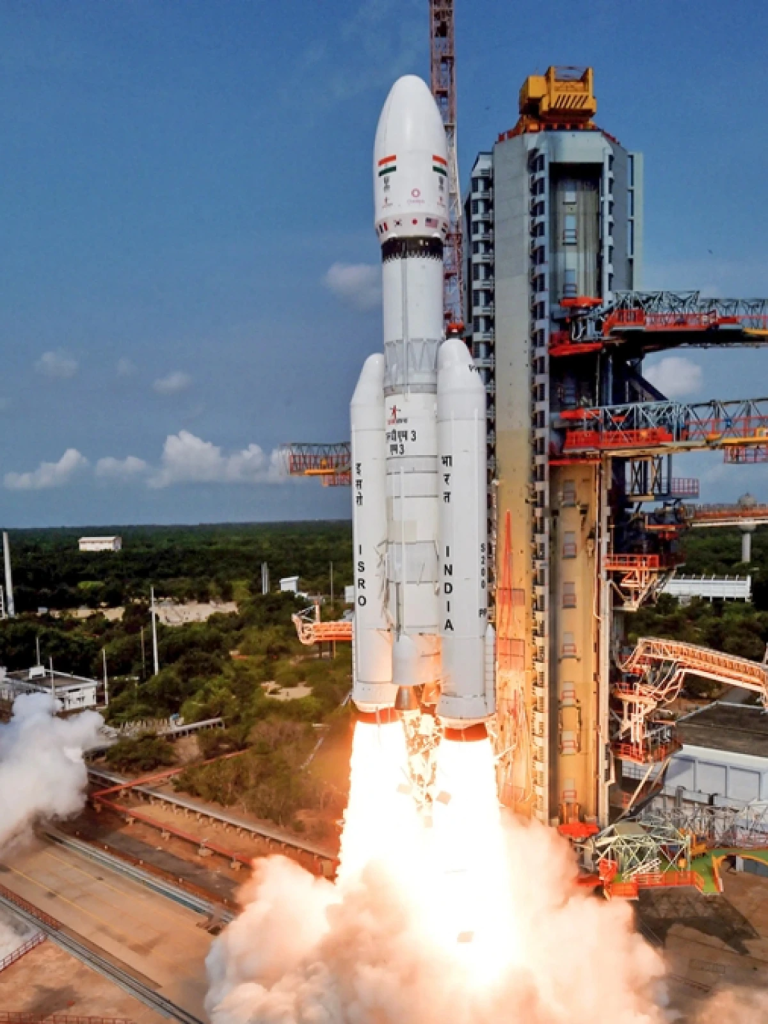
a) Soft Landing Demonstration: One of the primary objectives of Chandrayaan-3 is to successfully demonstrate India’s capability to execute a soft landing on the lunar surface. The mission will focus on delivering a lander and rover to explore uncharted regions of the Moon.
b) Technological Advancements: Chandrayaan-3 aims to test and validate new technologies required for future lunar missions. This includes advancements in lander design, propulsion systems, navigation techniques, and autonomous hazard detection.
c) Scientific Exploration: The mission aims to deepen our understanding of the Moon’s geology, mineralogy, and its evolution. Chandrayaan-3 will carry a suite of scientific instruments to analyze the lunar surface, collect samples, study the presence of water and other volatile compounds, and investigate the Moon’s magnetic field.
d) International Collaborations: Chandrayaan-3 embraces the spirit of international collaboration by inviting other countries to contribute scientific instruments and payloads. Collaborations with other nations, such as NASA, will enhance the mission’s scientific outcomes and foster knowledge-sharing and global cooperation in lunar research.
- Technical Features and Challenges:
Chandrayaan-3 will consist of an orbiter, a lander, and a rover, each playing a crucial role in the mission’s success. Let’s delve into the technical features and the challenges associated with each component:
a) Orbiter: The orbiter will serve as a communication link between the lander-rover duo and Earth. It will carry scientific instruments to study the Moon’s surface, atmosphere, and ionosphere. The orbiter component will be similar to Chandrayaan-2’s orbiter, leveraging the lessons learned and advancements made during its development.
b) Lander: The lander is designed to execute a soft landing on the lunar surface, which remains a complex and challenging task. It will incorporate improvements based on the lessons learned from the Vikram lander’s descent during Chandrayaan-2. Enhanced navigation and guidance systems, autonomous hazard detection capabilities, and robust landing gear will be integrated to ensure a successful touchdown.
c) Rover: The rover component of Chandrayaan-3 will be equipped with advanced instruments and tools to analyze the lunar soil, study the Moon’s geology, perform in-situ experiments, and determine the presence of water and other resources. The rover’s mobility systems will allow it to traverse the lunar surface, collect samples, and transmit data back to Earth.
Challenges in executing Chandrayaan-3 include achieving a precise soft landing on the Moon’s uneven terrain and navigating the low-gravity environment. These challenges necessitate the development of advanced navigation algorithms, hazard avoidance systems, and landing gear capable of withstanding the lunar environment’s harsh conditions.
- Collaborations and Partnerships:
Chandrayaan-3 continues India’s tradition of fostering international collaborations in space exploration. The ISRO has been actively engaging with other space agencies, including NASA, to explore potential partnerships for Chandrayaan-3. Such collaborations offer mutual benefits, where participating countries can contribute their scientific expertise, technological resources, and payloads to enhance the mission’s scientific objectives.
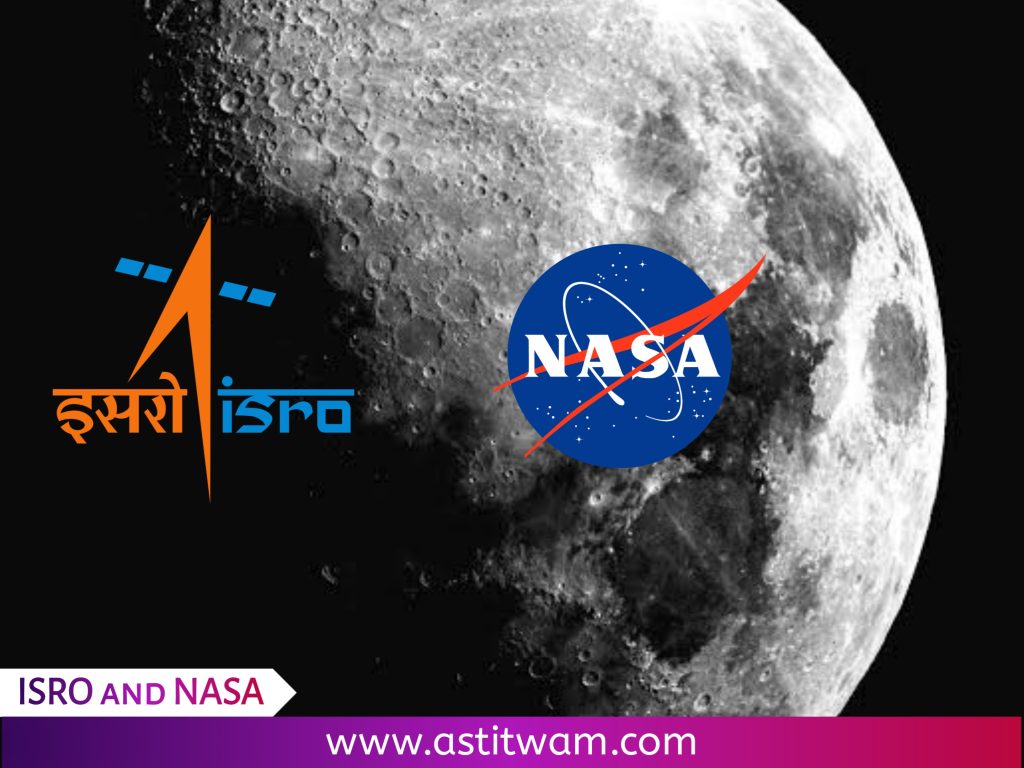
Collaboration with NASA holds particular significance due to its extensive experience and expertise in lunar exploration. The partnership between ISRO and NASA could bolster Chandrayaan-3’s capabilities in areas such as sample return, the detection of volatiles, and leveraging NASA’s deep space communication network for enhanced data transmission.
- Expected Impact and Future Prospects :
The successful launch and execution of Chandrayaan-3 will have far-reaching impacts on India’s space program and the global scientific community. The mission is expected to:
a) Technological Advancements: Chandrayaan-3 will drive technological advancements in various domains, including autonomous navigation, soft landing techniques, rover mobility, and communication systems. These advancements will not only benefit lunar missions but also have applications in future interplanetary exploration endeavors.

b) Scientific Discoveries: The scientific instruments and experiments carried out by Chandrayaan-3 will generate a wealth of data, significantly expanding our knowledge of the Moon’s geology, mineralogy, and the presence of water and other resources. The mission’s findings will contribute to a deeper understanding of the Moon’s origin and evolution, as well as its potential for future human exploration and colonization.
c) International Recognition: A successful execution of Chandrayaan-3 will further elevate India’s stature in the global space arena. It will demonstrate India’s growing capabilities in space technology, research, and exploration, garnering international recognition and paving the way for increased collaborations and partnerships with other nations.
d) Inspiring the Next Generation: The Chandrayaan-3 mission will inspire and captivate the imagination of the next generation of scientists, engineers, and space enthusiasts in India and around the world. It will encourage young minds to pursue careers in STEM fields, fostering innovation and contributing to the growth of the space industry.
Conclusion:
Chandrayaan-3 represents a significant leap forward for India’s space program, solidifying the country’s position in lunar exploration. With its ambitious objectives, technological advancements, and collaborative approach, Chandrayaan-3 has the potential to revolutionize our understanding of the Moon and pave the way for future missions. India’s commitment to pushing the boundaries of space exploration is commendable, and the successful launch of Chandrayaan-3 will be a testament to the nation’s scientific and technological prowess. As we eagerly await the realization of this mission, we can look forward to the discoveries and advancements it will bring, propelling humanity toward a brighter and more enlightened future of lunar exploration.



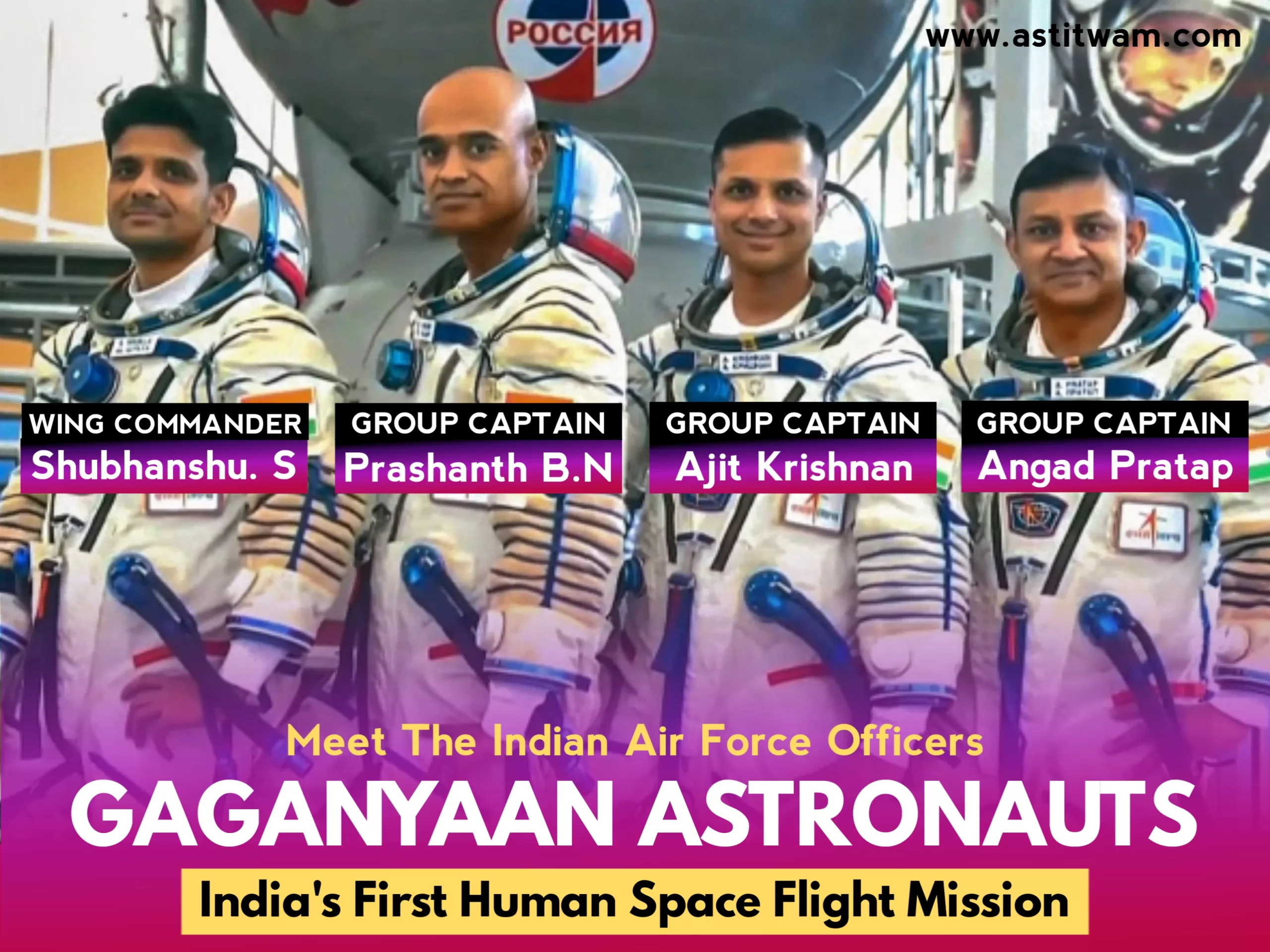
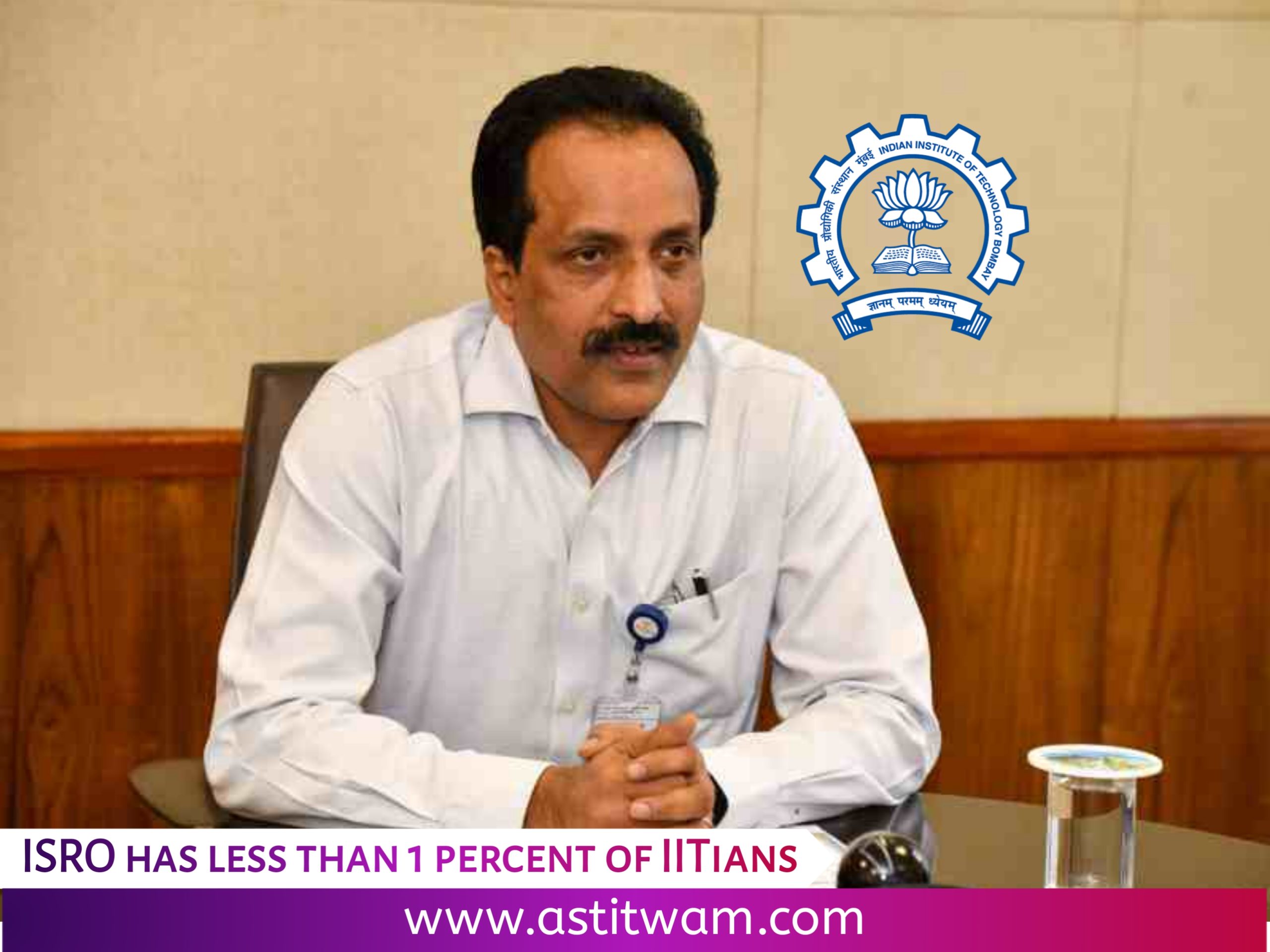
Very Informative and detailed piece, kudos !